By listening for ghostly radio echoes from the early Universe, scientists believe future Moon missions could determine what dark matter really is.
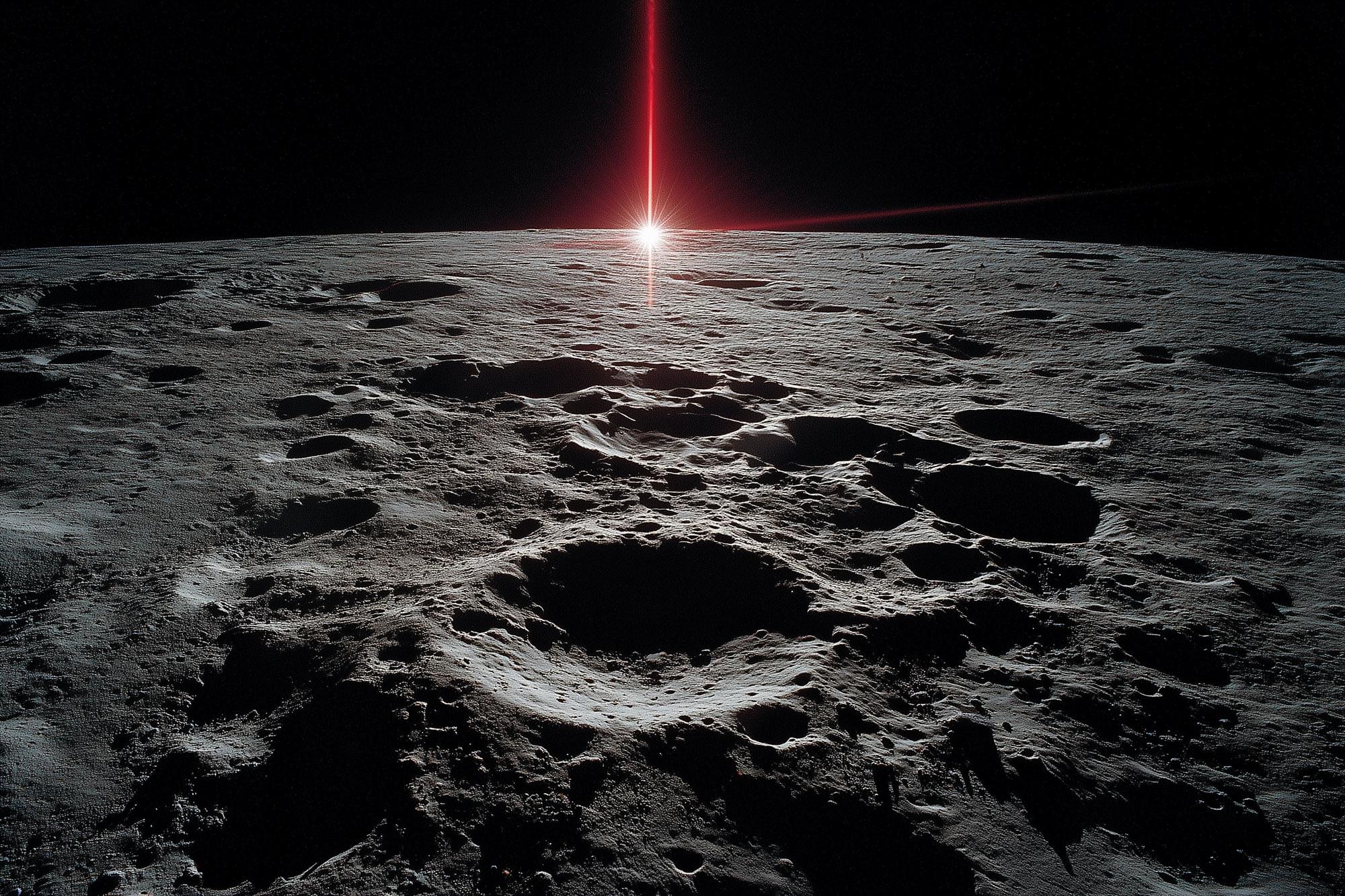

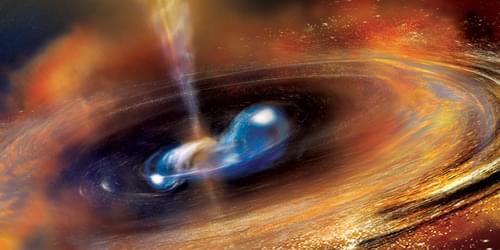
A neutron star’s viscosity determines how the star interacts with gravitational waves, a behavior that could be useful to the study of neutron-star interiors.
The detection of gravitational waves from mergers of black holes and neutron stars has opened a window onto the strong-gravitational-field regime, allowing physicists to put constraints on various gravitational theories [1, 2]. These observations also have the power to probe the ways in which such compact objects interact with gravitational waves hitting their boundaries or, in the case of neutron stars, passing through their interiors [3]. Valentin Boyanov at the University of Lisbon in Portugal and his colleagues have now investigated such interactions in detail, analyzing how an object’s response to passing gravitational waves is influenced by its viscosity [4]. Their results could allow researchers to extract information about the internal structure of neutron stars from future gravitational-wave measurements.
Boyanov and colleagues tackle the following questions: Under what conditions do viscous compact objects such as neutron stars reflect or absorb gravitational waves? And to what extent do these interactions mimic those of black holes? At first, it might seem that black holes in particular cannot be reflective―after all, their defining feature is that they absorb everything that falls on them. But in practice, whether a black hole absorbs or reflects gravitational waves depends on the frequency of those waves. High-frequency gravitational waves cross the event horizon and are absorbed, adding to the black hole’s mass and angular momentum. For low-frequency waves, on the other hand, the curved space time around the black hole constitutes a potential barrier to the wave propagation: The waves are “reflected,” meaning that they scatter off this region with their phase or their propagation direction altered.
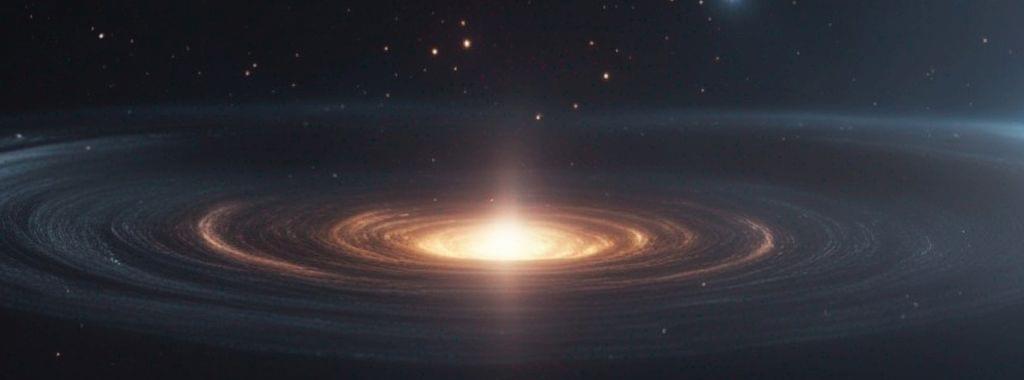
If recent discoveries that dark energy is evolving hold any water, our Universe will collapse under its own gravity on a finite timeline, new calculations suggest.
Based on several recent dark energy results, a new model finds that the Universe has a lifespan of just 33.3 billion years. Since we are now 13.8 billion years after the Big Bang, this suggests that we have a smidge less than 20 billion years left.
For another 11 billion years, the Universe will continue to expand, before coming to a halt and reversing direction, collapsing down to the hypothetical Big Crunch, say physicists Hoang Nhan Luu of Donostia International Physics Center in Spain, Yu-Cheng Qiu of Shanghai Jiao Tong University in China, and corresponding author Henry Tye of Cornell University in the US.
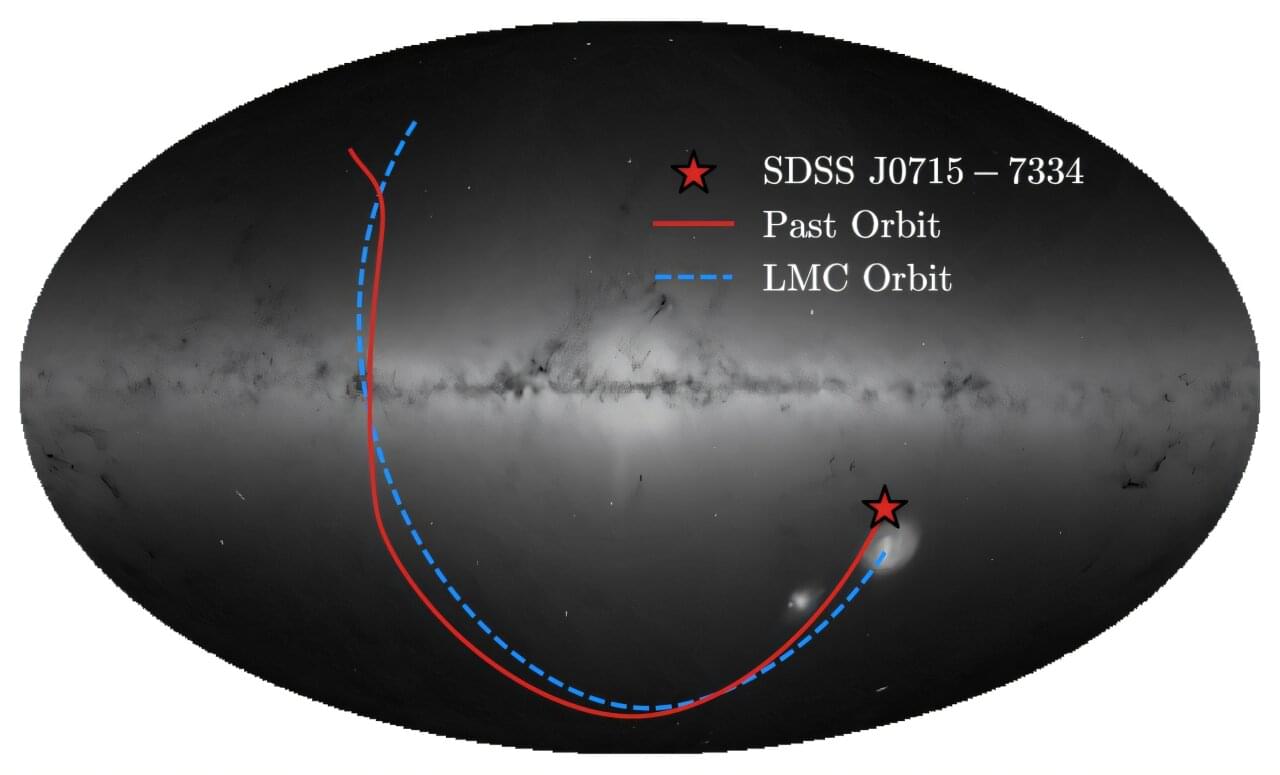
Not all stars are created equally. Astronomers believe that the first stars to form after the Big Bang were mostly made of only hydrogen and helium with trace amounts of lithium, as the heavier elements formed later on by nuclear fusion inside the stars. When these stars went supernova, heavier elements spread throughout space and formed more stars. Each successive generation contained more heavy elements, and these elements also became successively heavier.
While most stars still contain mostly hydrogen and helium, they now contain many heavy elements as well, especially as they get older. These elements show up in spectrographic data when astronomers gather light from these distant stars. Stars are considered “pristine” when the data shows a lack of heavy elements—meaning they are likely very rare, older stars from earlier generations. And now, a group of astronomers, led by Alexander Ji from the University of Chicago, believe they have found the most pristine star on record. The group has documented their findings on the arXiv preprint server.
The star, referred to as SDSS J0715-7334, is a red giant purported to have the lowest metallicity—or heavy element content—ever found. The team’s detailed spectral and chemical analysis shows that SDSS J0715-7334 has a total metallicity “Z” of less than 7.8 × 10-7. This is compared to the next lowest metallicity star currently known, a star located in the Milky Way with a total metallicity of around 1.4 × 10-6.
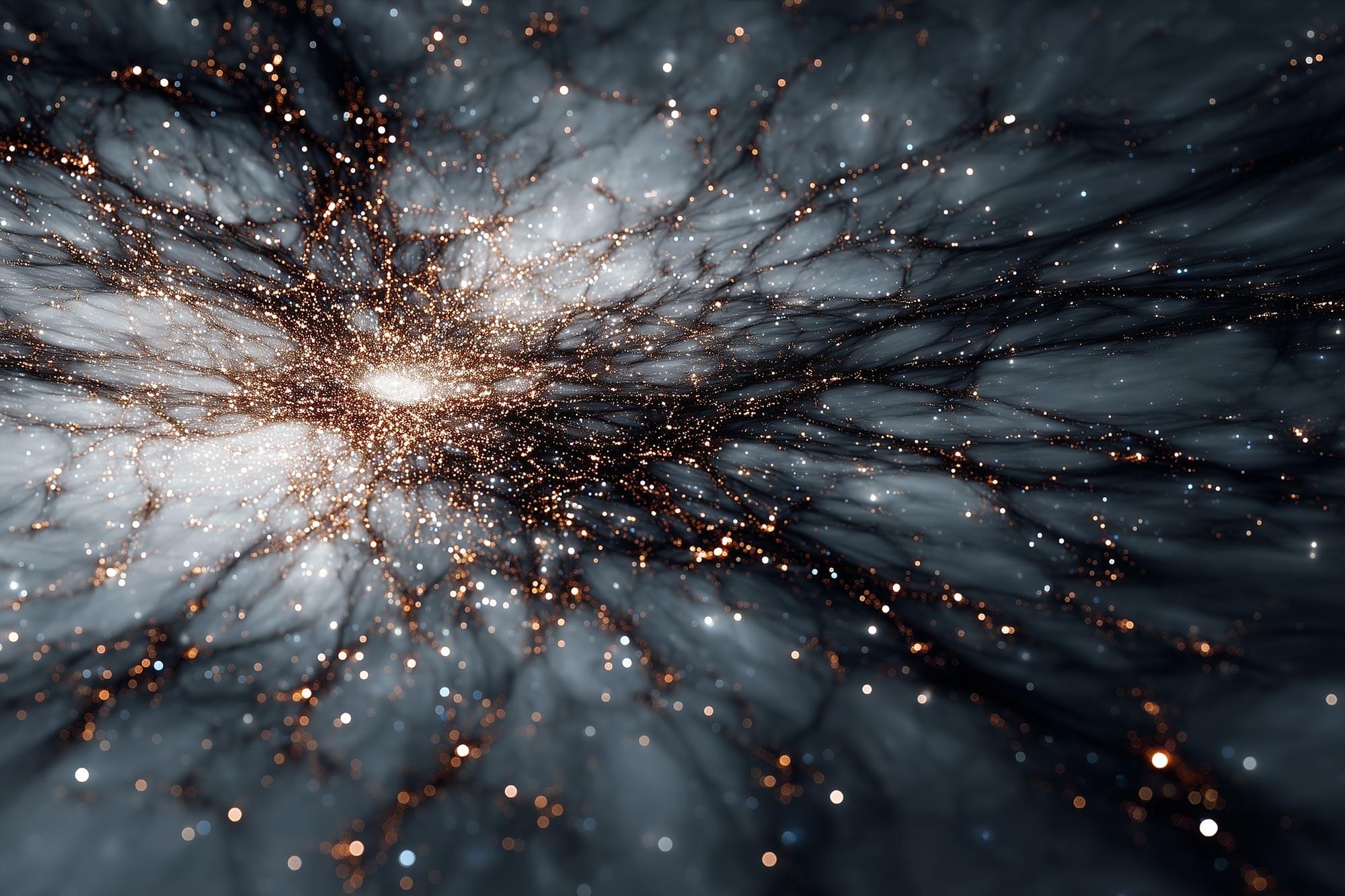
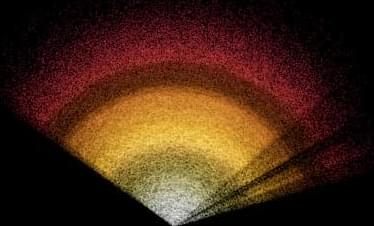
The new map of the Universe’s expansion history released by the DESI Collaboration offers hints at a breakdown of the standard model of cosmology.
For nearly a century, we have known that our Universe is expanding. For the past quarter-century, we have also known that this expansion is accelerating, a discovery that earned the 2011 Nobel Prize in Physics [1, 2]. But what is the mysterious “dark energy” that drives this acceleration? The simplest explanation involves what Einstein dubbed a “cosmological constant” (Λ) and implies that dark energy is a constant energy inherent to spacetime itself. This idea is the cornerstone of the standard model of cosmology, the Λ cold dark matter (ΛCDM) model, which for decades has consistently explained all available astronomical observations. Now high-precision measurements of the Universe’s expansion history are putting this model to its most stringent test yet. The Dark Energy Spectroscopic Instrument (DESI) has created a cosmic map of unprecedented scale (Fig. 1) [3–9].
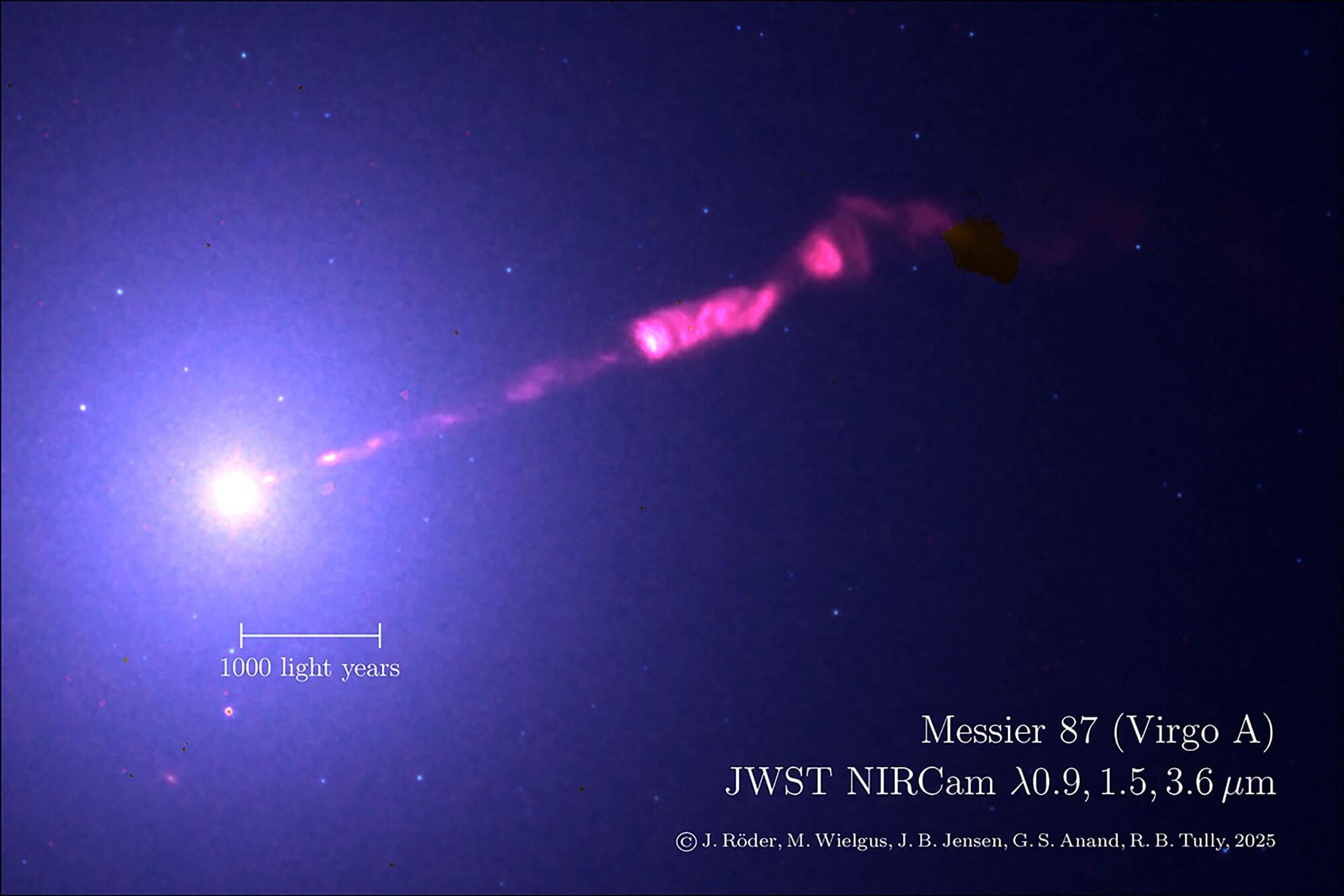
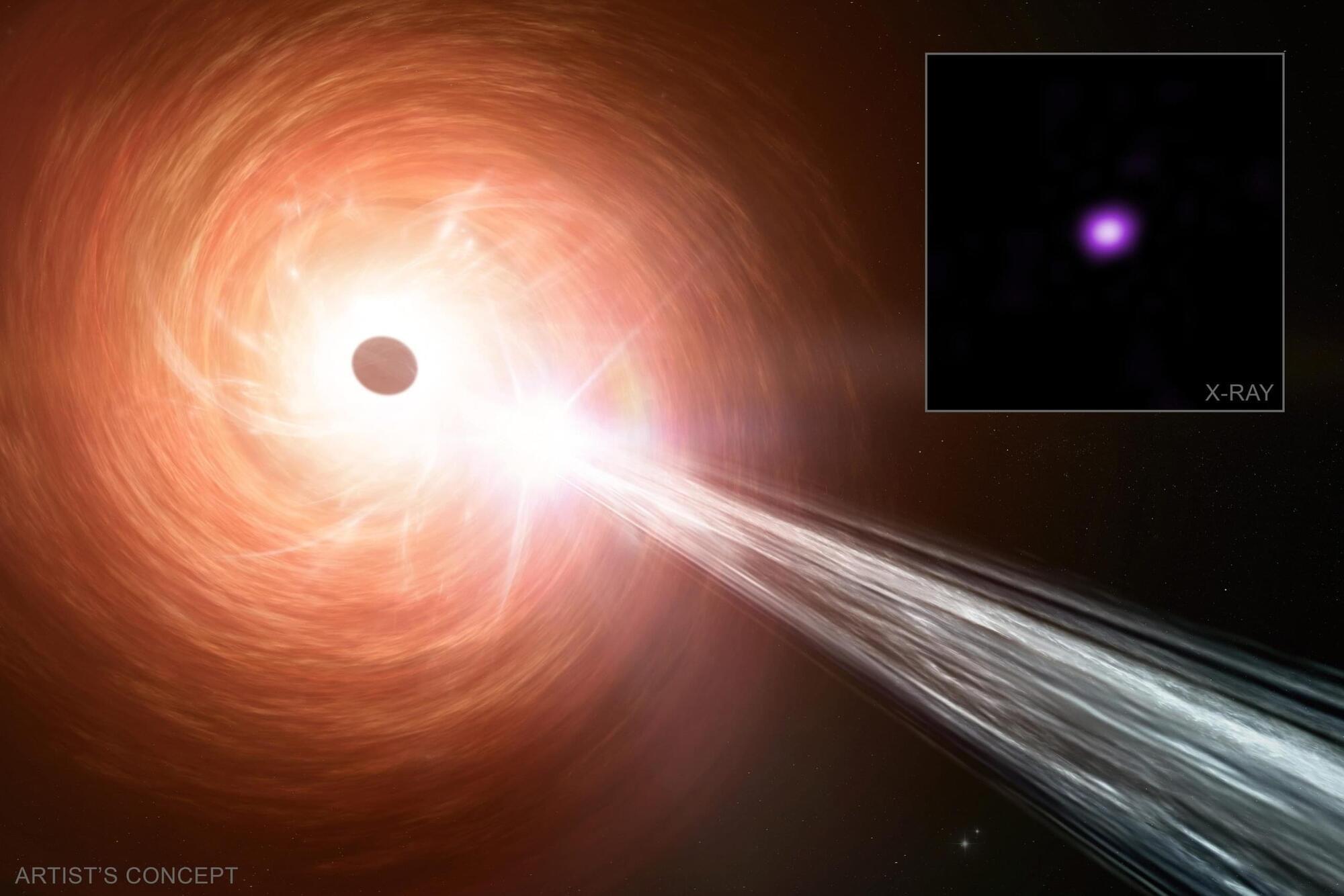

For over a hundred years, physics has rested on two foundational theories. Einstein’s general relativity describes gravity as the curvature of space and time, while quantum mechanics governs the behavior of particles and fields.
Each theory is highly successful within its own domain, yet combining them leads to contradictions, particularly in relation to black holes, dark matter, dark energy, and the origins of the universe.
My colleagues and I have been exploring a new way to bridge that divide. The idea is to treat information – not matter, not energy, not even spacetime itself – as the most fundamental ingredient of reality. We call this framework the quantum memory matrix (QMM).
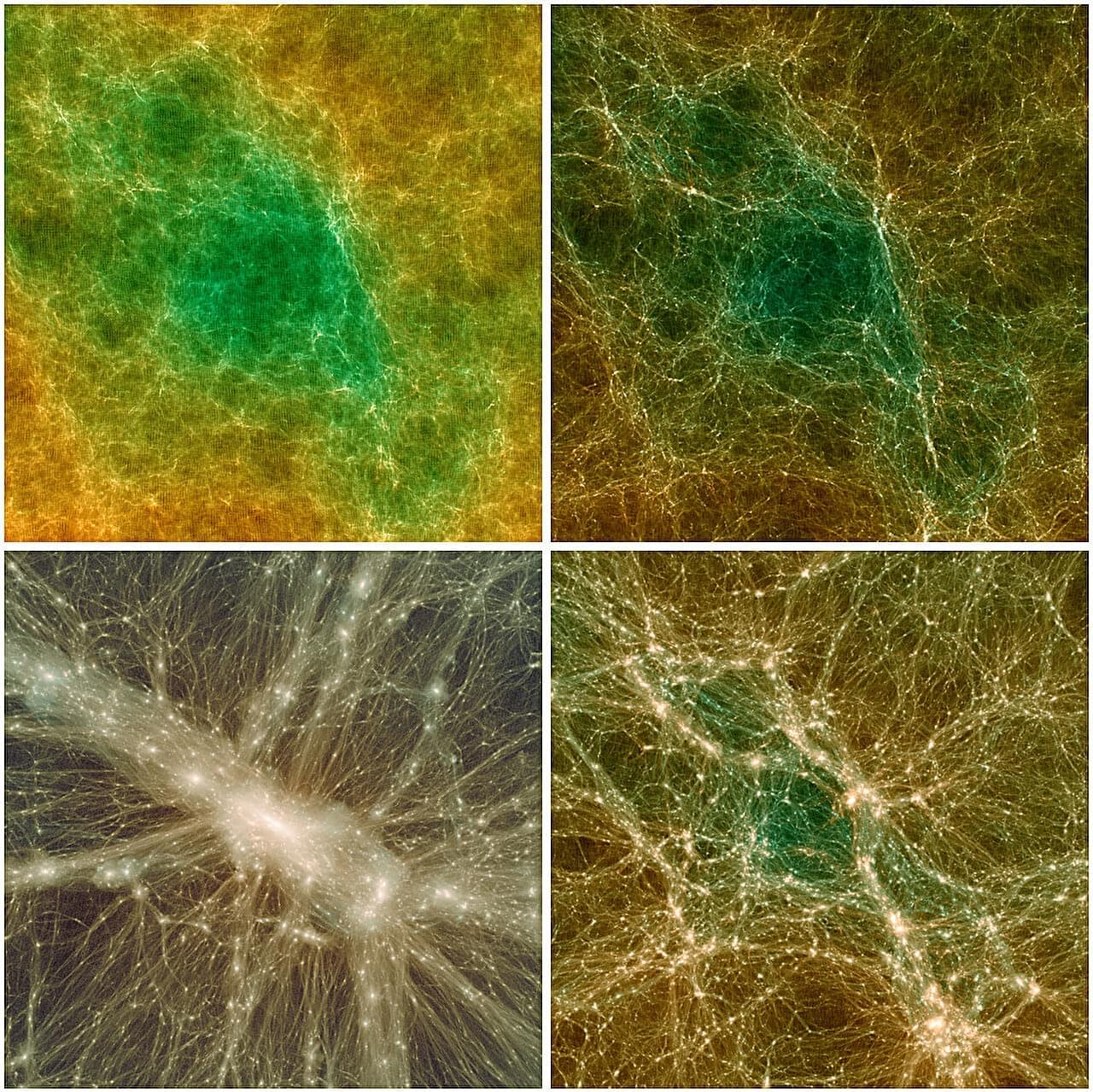
Since the early 20th century, scientists have gathered compelling evidence that the universe is expanding at an accelerating rate. This acceleration is attributed to what is known as dark energy—a fundamental property of spacetime that has a repulsive effect on galaxies.
For decades, the leading cosmological model, known as the Lambda Cold Dark Matter (ΛCDM), has assumed that dark energy is a constant entity, unchanging throughout cosmic time. While this simple assumption has served as the bedrock of modern cosmology, it has left a fundamental question unanswered: what if dark energy is not constant, but instead a time-varying property of the universe?
Recent observations have provided some of the first hints that the above-mentioned assumption may not be correct. The Dark Energy Spectroscopic Instrument (DESI), a sophisticated experiment for conducting astronomical surveys of distant galaxies, has produced data suggesting a preference for a dynamic dark energy (DDE) component.